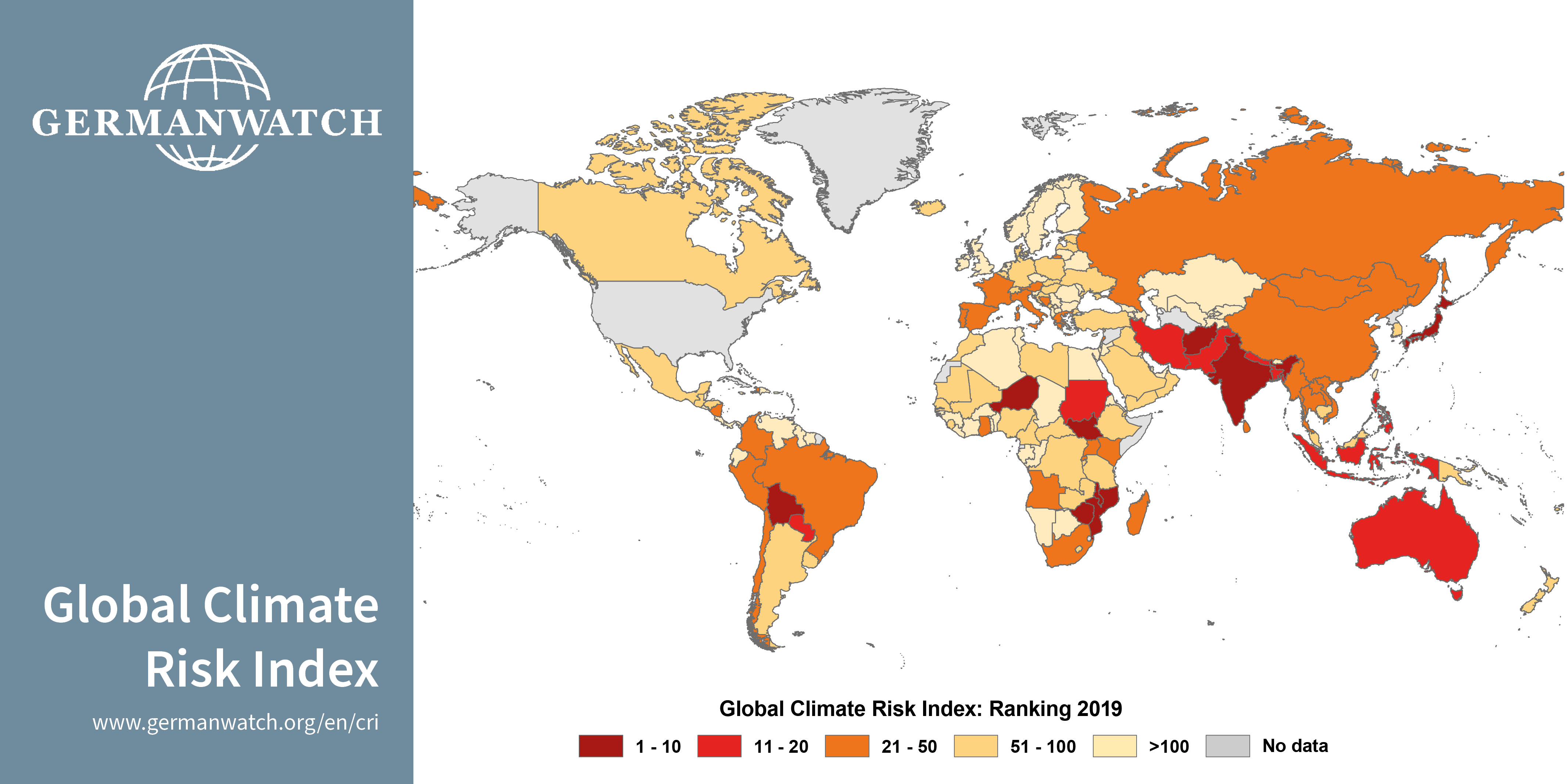What is the issue?
The Barbados Prime Minister’s remark on immoral measuring of extent of loss caused by climate change with respect to lives and livelihoods at COP-26 has brought the complexity in measuring climate risk to the forefront.
According to Global Climate Risk Index 2021, India was ranked the 7th worst-hit country in 2019.

India’s module on National Disaster Management Information System (NDMIS) captures damages and losses caused by disasters and monitor the targets of Sendai Framework for Disaster Risk Reduction.
The NDMIS captures details on parameters like death, injury as well as economic losses in social and infrastructure sectors due to weather and geological events on a daily basis including all major climatic events.
The Sendai Framework for Disaster Risk Reduction 2015-2030 is the successor instrument to the Hyogo Framework for Action (HFA) 2005-2015) that provides Member States with concrete actions to protect development gains from the risk of disaster.
Reference